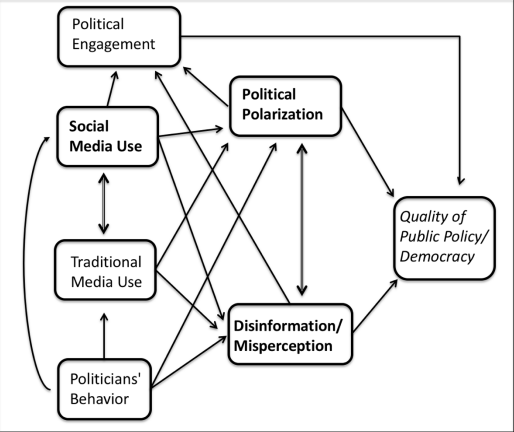Notable individuals use social media to promote their brand while at the same sharing knowledge in their professional or occupational areas. While doing this, they attract a large audience with individuals who have different views. The risks involved in the public discourse include fake news, critical audience, cultural differences, and possible piracy. This week’s video features Markiel Simpson who discusses community communications. The themes of the video include how notable people use social media, the benefits of having a PLN in the public eye, and how to minimize risks in sharing information.
To begin with, public trust is essential for building a successful PLN. Producing, sharing, and curating news through social media is an alternative whenever the difficult process of news verification can be performed by social journalists situated outside the newsroom. Simpson (2021) emphasizes that individuals should take responsibility for the massive information they share through social media. Any information, whether gathered from podcasts, online streaming, or social media should be passed through verification. There are numerous tools that learners can use to verify the information before sharing it in their PLNs. For example, CoSchedule, Google Analytics, BuzzSumo, and Brand24. These tools critically evaluate incoming information and help students to rephrase it to create valuable information.

Attribution: https://www.hewlett.org/wp-content/uploads/2018/03/Social-Media-Political-Polarization-and-Political-Disinformation-Literature-Review.pdf
Thoughtless sharing of information can cause misperception, political polarization, and poor democratic quality, as shown in Figure 1. In the public discourse, I would use online verification tools to create curated content. I would also do my research using trusted sources to verify information, whether a research claim, global news, research findings, and any other source of knowledge. I would also cite the sources of information as a way of appreciating the contributions of individuals or organizations that produced that information.
Once I share the information, I would effectively manage negative replies by giving constructive feedback to reassure my audience. I would also avoid replying negatively or defensively since it is my responsibility to manage the information that I share. In an organizational context, I would observe the organizational guidelines since I am mandated to build good public relations.
References
Hirst, M. (2018). Navigating social journalism: A handbook for media literacy and citizen journalism. https://www-taylorfrancis-com.ezproxy.library.uvic.ca/books/mono/10.4324/9781315401263/navigating-social-journalism-martin-hirst.
Simpson, M. (2021). Community Communications – Course YouTube Channel. https://youtu.be/rsoDHGaXNNs
Leave a Reply